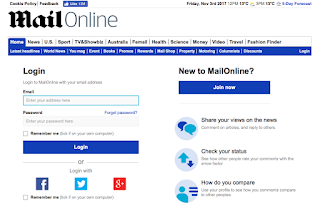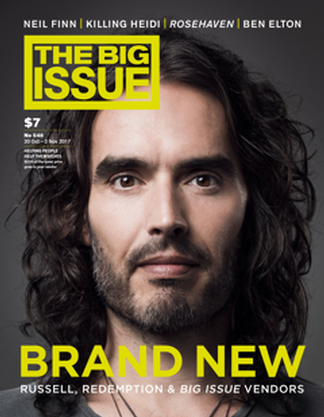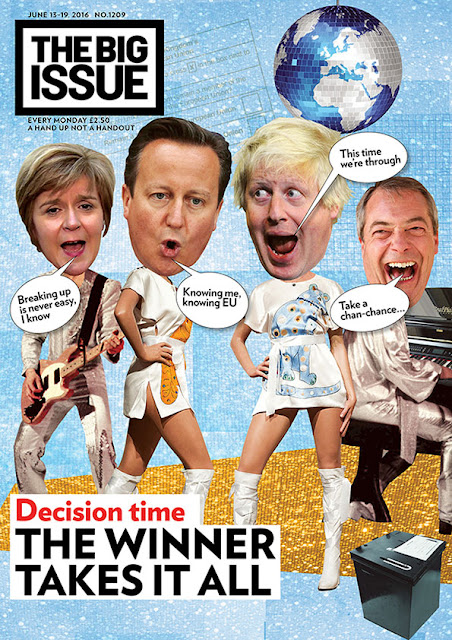THE IMPACT OF TECHNOLOGICAL CHANGE ON NEWSPAPERS
A 'paywall' is the use of restricting access to internet content via a paid subscription. Newspapers began the use of a 'paywall' n 2010, helping to protect their revenue and profits as, what is now known as 'old media' is declining. More people are viewing their news online, therefore companies have had to accommodate to this change by adding a fee for viewers to look at full articles.
E.g. The Daily Mail
When looking at The Mail Online, viewers are able to read through hundreds of stories without hitting the 'paywall'. Though there is an option to 'log in, this allows users to comment on articles, also being able to look at how their comments compare to other users.
As well as being able to have a Mail Online account, users can also subscribe. Here, this allows readers to access extra information which users who use the standard website don't see. For example, the Daily Mail provides promotion subscriptions where readers can access the App on a number of devices, for a slightly larger amount of money. Or readers can also choose to have the online version of the Daily Mail, as well as have a physical newspaper delivered.
E.g. The Guardian & The Observer
These two newspapers have joined their scheme together, hence advertising a 'deal' for readers. They offer different packages, where readers are posted tokens which they can then take to a newsagents to use to buy a physical paper.
The Guardian also shows this advertisement on their website, here asking readers for a donation rather than a fixed subscription amount. This means that more readers have access to the entire news articles, helping to educate a wider audience.
The Guardian also provides online subscriptions, with different packages allowing readers access to different or all aspects of the Guardian news. Included in some of this packages are 'advert free' subscriptions, these are hence more expensive for readers as there is no revenue being paid by the advertising companies.
E.g. The Independent
The Independent newspaper was the first newspaper to completely stop their print production, as now their company works online. Readers who subscribe are given access to exclusive articles, podcasts and are recommended news stories that may suit them.
Interactions with readers
Many of the interactions with readers which newspapers use are now expressed through the use of social media platforms. Due to the rise in the use of social media sites, newspapers have had to adapt their methods of getting readers engagement. Social medias news gathering capability is vast, with the BBC, for example, using the platforms for three key roles. Firstly, for newsgathering; as social media can gather more and often better information which the average journalist can. Secondly for audience engagement, as it provides different ways in which the BBC can interact and often receive feedback through social media. Finally, it also provides a platform for the BBC's content, helping to get their journalism 'out there', as well as helping to engage with younger audiences whom wouldn't usually interact with their news.
End of audience theory - Shirky
This theory involves the comparison and the transition from the 'old media and the 'new'. With the 'new' media involving consumers as producers, rather than having centralised and isolated producers addressing consumers. The End of Audience Theory suggests that with the rise of technology, such as social media, the way in which news is created has changed, suiting the 'new' age of media. The modern process of consumers 'publishing then filtering' , has replaced the 'old' process of 'filter then publish'. This results in the news readers receive being raw and un-edited, often coming from the un-professional perspective who had witnessed the event first-hand, rather than from a producer who can't produce the same emotional connection with the readers.
Within the 'new' media the amateur producers have different motivations compared with the professionals. For instance, in the 'new' media they value autonomy, competence, membership and generosity, as this user-generated content creates emotional connection between people who care about something. This can generate a cognitive surplus.










Comments
Post a Comment